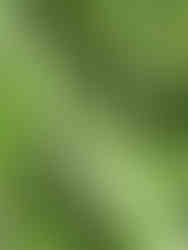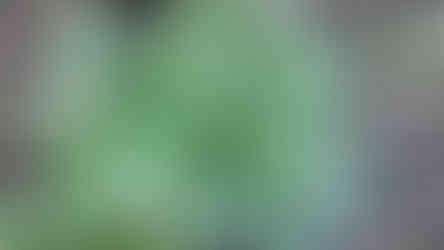Hello Vanessas! Two much-loved spring migrants return!
- Jeanne McRight

- May 1, 2024
- 2 min read
By Stephanie Keeler
Have you noticed dozens of tiny butterflies fluttering past you while in your garden, on the trails of Riverwood, or even when driving home from work? It is common knowledge that our beautiful and beloved Monarch Butterflies migrate large distances to overwintering sites in Mexico, but they are not the only butterflies (or insects in fact) that migrate!
Recently, if you live in Southern Ontario or alike, you may have observed small, black, and red butterflies floating past you. These are different species of butterflies in the Nymphalida family of butterflies, also known as “Brushfoots”. The most abundant of the species in the past month are the red admirals and the American ladies – so let’s talk about these brilliant migrants!
Below: Adult red admiral butterflies visit flowers but prefer tree sap, fermenting fruit and animal droppings, allowing them to emerge in early spring before nectar flowers may be plentiful. Put out overripe fruit to attract them—bananas or strawberries work well. Caterpillars only nibble on their host plant, which is nettle. You can find them on stinging nettle, false nettle and wood nettle. Photo: Ed Rascaille

Red admirals (Vanessa atalanta) are practically abundant this year – what you’ll notice with most insects is that they often fluctuate in their populations form year to year – this can be influenced by human activities or be part of their natural cycle. Due to our mild winter, this may have triggered an early migration of some of our butterfly species. Some research suggests that they may even overwinter in some areas of Canada if the winters are mild (Layberry et al., 2002 ). Unlike monarchs, red admirals do not have one single overwintering location where they congregate, and this can again depend on the winter conditions. The red admiral’s host plants are in the nettle family, which grow well along disturbed pathways/roadways but are often disliked by many people due to their stinging nature.
American lady (Vanessa virginiensis) butterflies, on the other hand, have adored host plants to choose from that provide food and shelter to their larvae in the spring. In particular, the pearly everlasting (Anaphalis margaritacea) is a favorite among gardeners for its full and hefty structure, delicate colouration and style, and the “everlasting” flowers that bloom for many months in the summer. You’ll begin to notice these migratory adults laying eggs on your pearly everlasting in early spring, and soon, their caterpillars will be abundant, feeding and sheltering themselves on your plants.
Below, clockwise: American lady caterpillar eating a host pearly everlasting leaf; pearly everlasting with silken caterpillar shelters; American vs painted lady ID; American lady butterfly laying eggs on a pearly everlasting plant. Photos: Jeanne McRight. Labeled ID photo © 2008 Kenneth Dwain Harrelson, BugGuide.net
Consider how far these small creatures have flown to get to where they are today! Give them a break, plant native host plants in your garden or balcony, and ditch the pesticides this summer.
















Comments